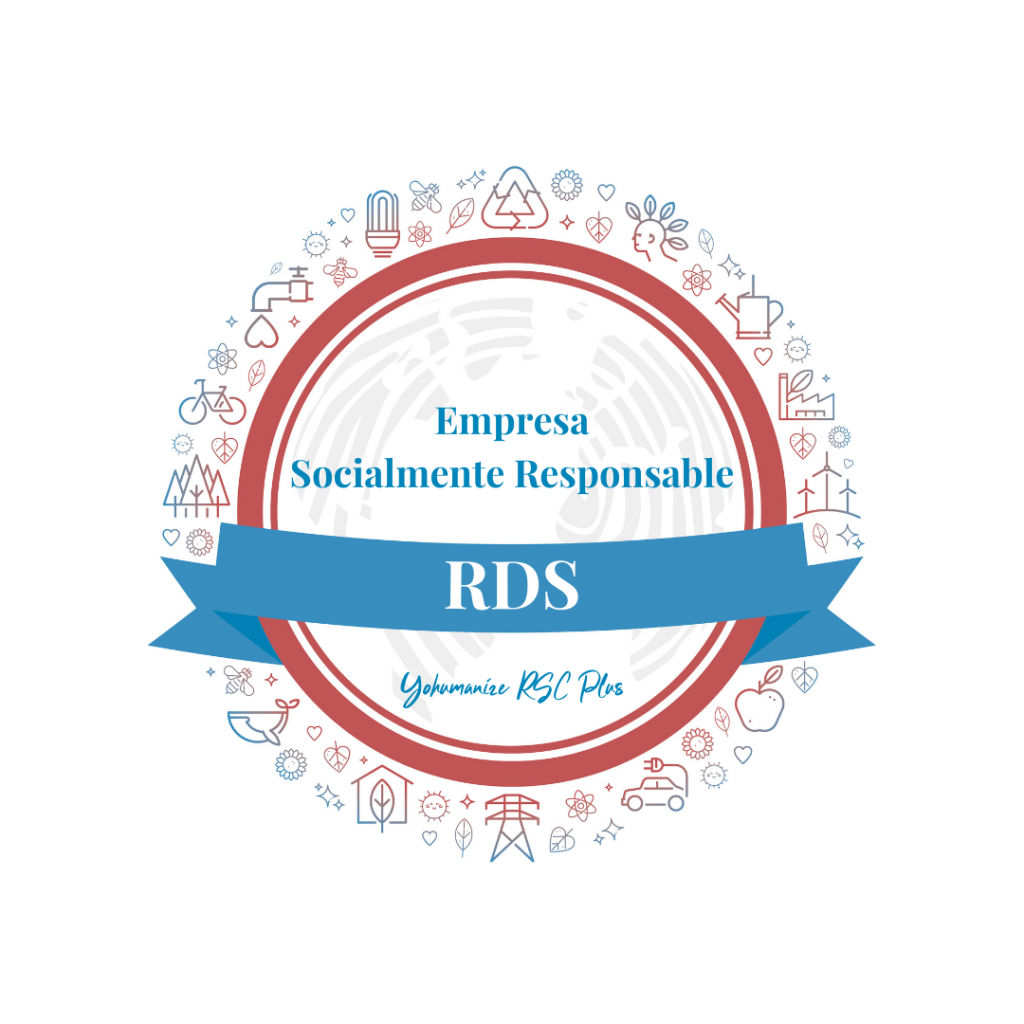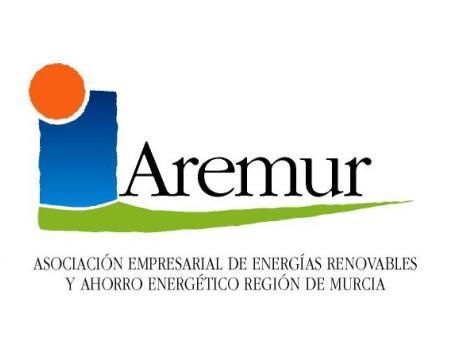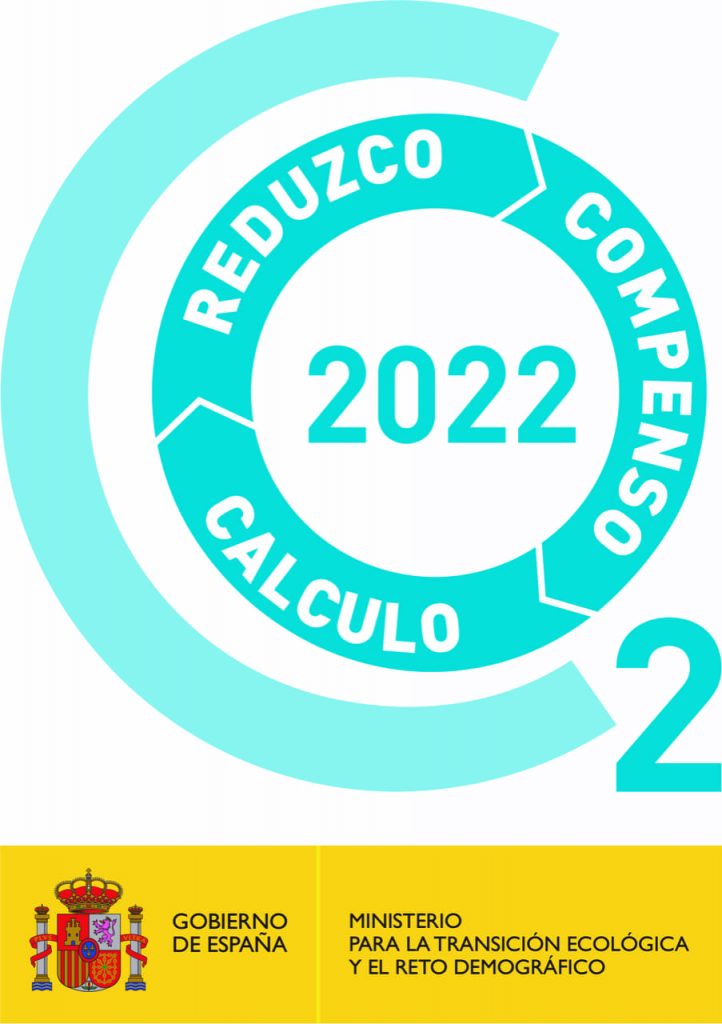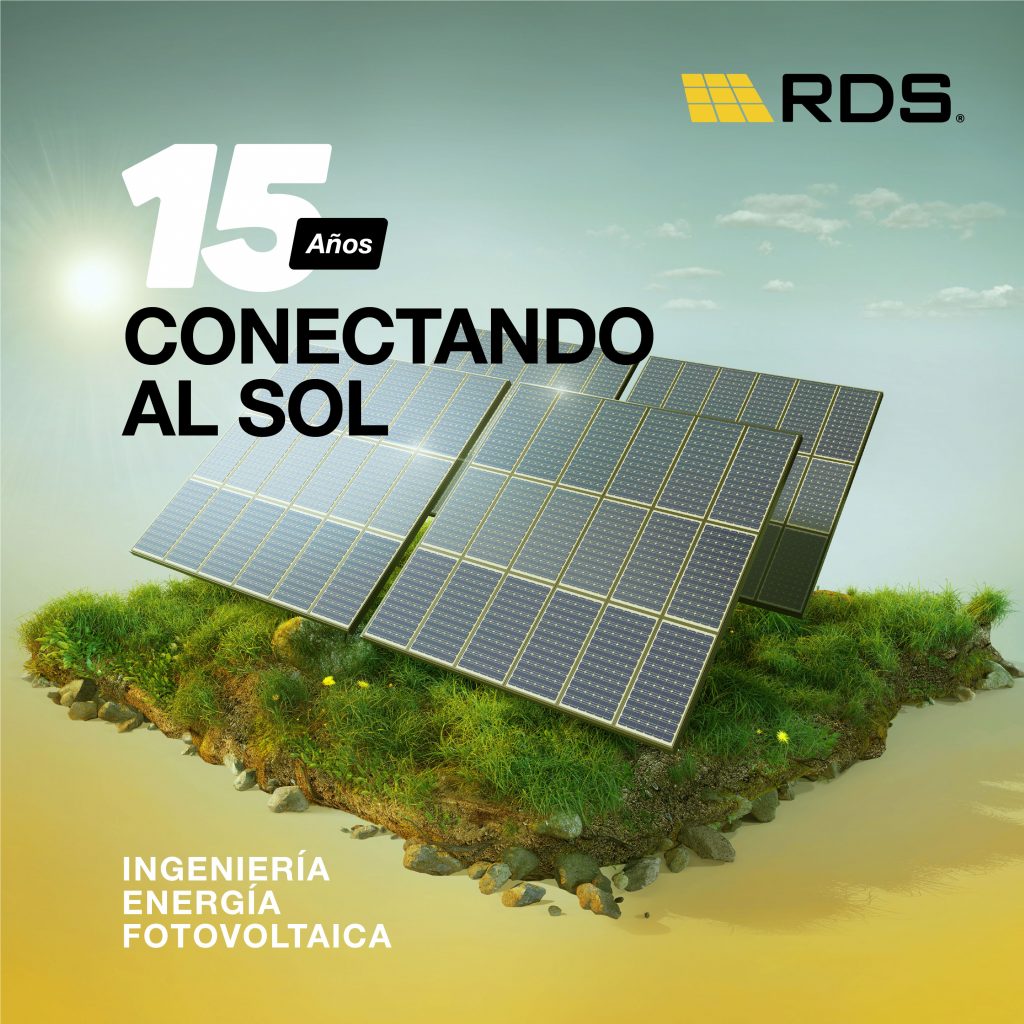




© 2023 RDS. All rights reserved. Designed and developed by delefant
Photovoltaic solar energy is a clean and sustainable source of energy. The installation of solar panels minimises the impact on the ground and has no impact on vegetation, surface water or groundwater. Compared to conventional sources, it has a lower environmental impact.
Table of Contents
TogglePhotovoltaic solar energy is a technology that does not produce emissions, nor does it generate toxic waste. However, their production and manufacture are processes that require hazardous and polluting materials such as cadmium and silver. Despite this, their environmental impact is lower than that of conventional energy sources. Therefore, proper waste management and the implementation of good practices are essential to reduce the environmental impact of waste.
The production and manufacture of solar panels involves the use of polluting materials. Cadmium is one of the materials used in the production of photovoltaics and its use can have a negative impact on the environment if not properly managed. Silver is also used as an electrical conductor in the solar cell although its environmental impact is lower.
The proper management of waste from the production of solar panels is essential to minimise their environmental impact. Waste reduction, reuse and recycling are practices that can minimise the environmental footprint. Although the waste is less toxic than that generated by other conventional energy sources, its proper management is a priority.
The installation of solar panels on roofs and sheds minimises the impact on the ground. In addition, photovoltaic energy does not produce thermal pollution, does not consume water and does not harm wildlife. However, it is important to consider the care of the landscape, flora, fauna and soil quality when implementing solar parks. Further research and technology improvement is needed to minimise its impact and ensure a sustainable future.
The comparison between photovoltaic solar energy and other energy sources is essential to analyse the extent to which solar energy is more sustainable and less aggressive towards the environment. Conventional energy sources, such as fossil fuels, have harmful effects on the environment and worsen environmental conditions.
The extraction and refining of fossil fuels are highly damaging to the environment. Combustion releases greenhouse gases that cause global warming, leading to everything from droughts to floods. Emissions into the atmosphere also contribute to acid rain and pollution.
Nuclear energy, although considered a clean energy source, has a major environmental impact. The mining of uranium, the fuel used in the production of nuclear energy, generates toxic and radioactive waste that is highly dangerous to the environment and human health.
Another negative aspect of conventional energy production is the enormous amount of waste generated. Solar photovoltaic energy, unlike other energy sources, does not produce toxic or environmentally hazardous waste, so its impact on the environment is very low in this respect.
Conventional energy production generates a large amount of hazardous waste, such as mining waste, ash from thermal power plants and sediments that accumulate in hydraulic barriers. This waste is highly toxic and difficult to treat and recycle, and therefore represents a serious environmental problem.
The production of nuclear energy generates radioactive waste that is hazardous to the environment and human health. This waste takes thousands of years to degrade and poses a risk to future generations.
The impact of greenhouse gas emissions on the environment and climate change is one of the biggest problems facing humanity today. Solar photovoltaic energy is one of the cleanest and most sustainable energy sources, as it does not produce greenhouse gases or pollute the environment.
Conventional energy sources emit large amounts of greenhouse gases, such as carbon dioxide and methane, which are responsible for global warming and climate change. The use of renewable energies, such as photovoltaic solar energy, has a lower impact on the environment as it does not produce these gases. The comparison between the different energies reveals that photovoltaic solar energy is the most sustainable and environmentally friendly form of energy.
Solar PV technology has advanced significantly in recent years and has become a more affordable option for businesses. There are different types of solar panels, each with its own characteristics and efficiency. In this section we will describe the different technologies related to solar PV and their common components, such as solar batteries, inverters and pumping systems.
Solar panels can be classified into three types: crystalline silicon panels, thin film panels and hybrid panels. Crystalline silicon panels are the most common and have high efficiencies in environments with high solar irradiation. Thin film panels are more economical and adaptable to different surfaces, although their efficiency in low irradiation environments is lower. Hybrid panels combine crystalline silicon and thin film technologies to achieve higher efficiency in different conditions.
Solar panels work by converting solar energy into electricity through the photovoltaic effect. These can be installed in different orientations and angles, although the southern orientation is the most efficient, especially in the northern hemisphere. The installation can be on roofs, halls or on the ground, and it is important to take into account the type of structure used and its stability to ensure maximum performance in energy production.
In general, the choice of the common components of a solar PV system will depend on the amount of energy to be produced and its subsequent use.
Solar photovoltaic energy is a clean and sustainable source of energy, however, its installation can have an environmental impact on natural areas and soil quality.
The installation of solar panels requires a certain degree of land occupation, which can lead to conflicts in some areas. To minimise conflicts, solar parks are installed on previously unused areas, such as degraded, abandoned or unusable land.
It is important to note that some countries and cities have started to require special licences to install and operate solar installations, which contributes to the protection of local soil and wildlife. These licences may also include the obligation to revegetate the area around the installations with native species.
The installation of solar panels in natural areas can have an impact on local fauna and flora. The change in the landscape may affect the species that used to inhabit the area, affecting their habitat, migration and feeding. In addition, solar panels can have an “island effect” that makes it difficult for species to roam and move around their territory.
However, it has also been shown that solar panels can be beneficial for some animal and plant species. Their shade can create cooler, more humid microclimates in arid areas, and solar parks can include native plants and refuges for local wildlife.
Solar PV has no greenhouse gas emissions, making it a clean energy source. In addition, solar parks do not produce thermal or acoustic pollution. However, air and water quality must be taken into account during manufacturing and waste management.
The manufacture of solar panels requires the use of toxic chemicals, such as cadmium, which can be a hazard to workers and nearby communities. In addition, inadequate waste management can contaminate soil and groundwater. It is therefore important that the solar energy industry continues to research and improve the management of waste associated with photovoltaic technology.
Photovoltaic energy production has a much lower environmental impact than conventional energy sources. However, the manufacture and production of solar panels also has associated costs and emissions. In this section, we will discuss the environmental impact in relation to the costs associated with the production of photovoltaic energy.
The solar panel is one of the main components in photovoltaic energy production. Each panel has an estimated lifetime that varies depending on the quality of the materials used. The average lifetime of solar panels is estimated to be around 25-30 years, which is a long-term investment for energy production.
The manufacture of solar panels requires materials such as silicon, cadmium or silver, which has an environmental impact. However, compared to other energy sources, the environmental impact is minimal and new technologies are being developed to further reduce this impact. The cost associated with the production of photovoltaic energy has been decreasing in recent years due to improvements in production processes, increased panel efficiency and the growing interest in renewable energy production.
